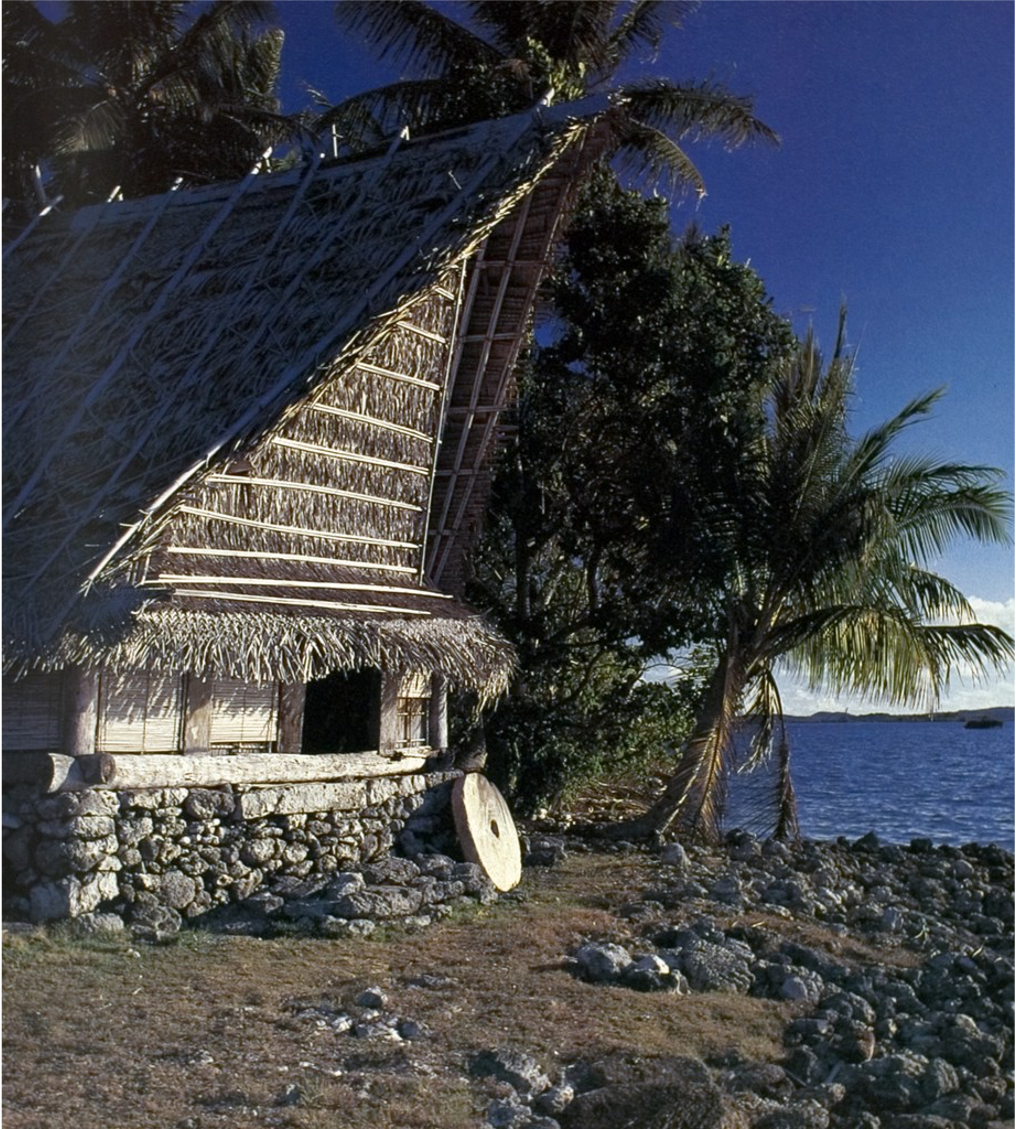
Taiwan Indigenous Architecture
Lectures (1)
Loading Accordion Items...The Overview
The lecture starts by defining indigenous and then focuses on the architecture of the legally recognized Taiwanese tribes. It then shifts to an overview of Taiwanese Indigenous architecture with a focus on existing, preserved sites of Kucapugane and Lanyu. Taiwan’s spatial history is complex. It merges an assortment of architectural styles. The architectural footprint of Taiwan is informed by indigenous communities as well as colonial influences of China, Japan, and Europe. Indigenous architecture sites that remain intact are the Tao in Lanyu Island and the village of Kucapugane in Pingtung.
The Tao tribe designed a sunken building typology that aligns with regional geographical and climate concerns.
The Rukai tribe created a stacked slate building technique for partitions and structural walls that were influenced by material accessibility.
The lecture provides documentation including measured drawings to communicate the architectural approach. The lecture will give an overview of architectural strategies and material applications of the 12 tribes recognized by the Taiwanese government and a more detailed study of the existing tribes in Tao and Rukai.


